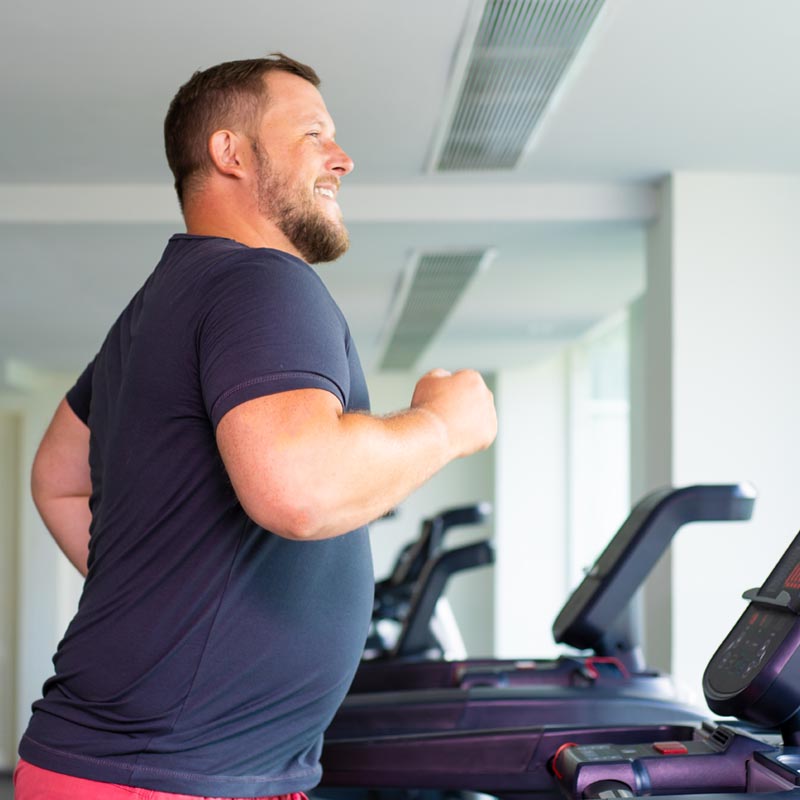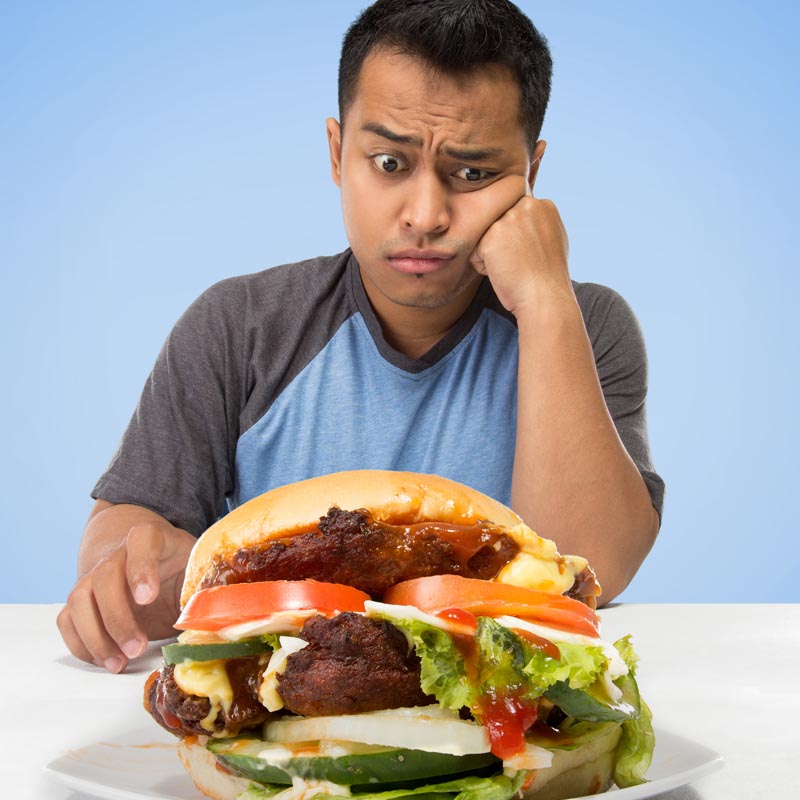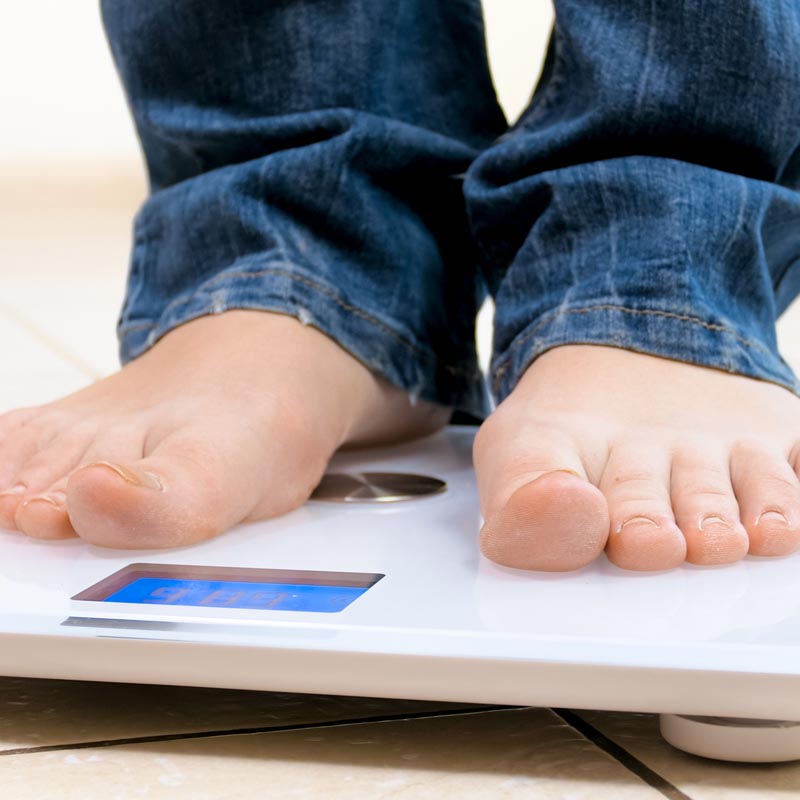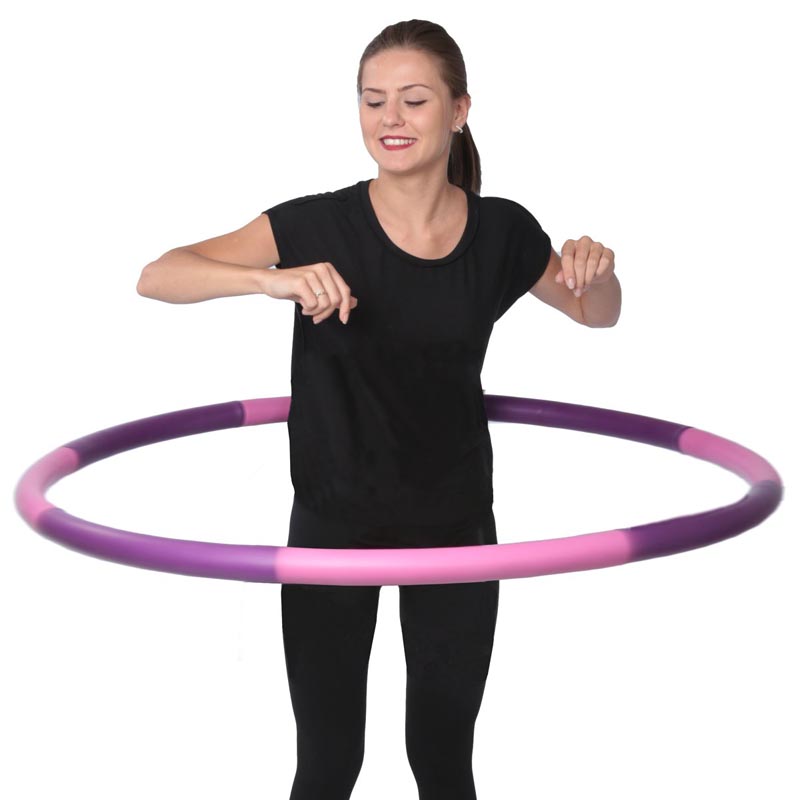Quick Studies: a snapshot of the latest research on diet, exercise, and more

Denis - stock.adobe.com.
Exercise & Weight Loss

When people exercise, they often don’t lose as much weight as scientists expect. To find out why, researchers randomly assigned 171 sedentary overweight or obese people to burn:
■ A: no extra calories,
■ B: roughly 100 extra calories a day, or
■ C: roughly 250 extra calories a day.
All exercise sessions were monitored.
After six months, group A had lost ½ pound, group B had lost about 1 pound, and group C had lost 3½ pounds. Based on how much the groups exercised, the researchers calculated that group B should have lost another 3 pounds and group C should have lost another 6 pounds. What happened? The people in groups B and C “compensated” for the exercise by eating roughly 100 extra calories a day.
What to do: If you want to lose weight, eat less. And exercise to lower your risk of type 2 diabetes, heart disease, stroke, some cancers, bone loss, muscle loss, and more.
Am. J. Clin. Nutr. 2019. doi:10.1093/ajcn/nqz054.
Spendthrift or Thrifty?

Why is it easier for some people to lose extra weight?
Researchers fed 35 young adults (mostly men) 40 percent more calories than they needed (1,160 extra calories a day, on average) for two months.
The average participant gained 17 pounds (it ranged from 5 to 24 pounds). Six months later, they had, on average, lost only 9 pounds of their excess weight. Those who burned the most calories for their size (“spendthrifts”) while they were being overfed lost more weight later than those who burned fewer calories (“thrifty” types).
What to do: Don’t assume you can overeat and lose the weight later. “Human metabolism evolved to protect against calorie deprivation, not so much against calorie excess,” wrote the authors.
Am. J. Clin. Nutr. 2019. doi:10.1093/ajcn/nqz108.
Cancers Up in Young Adults

Between 1995 and 2014, the risk of several cancers that are linked to obesity rose more quickly in people aged 25 to 49 than in older adults.
In people aged 25 to 29, for example, the yearly incidence of gallbladder, pancreatic, uterine, and colorectal cancers rose by roughly 2 to 4 percent, while kidney cancer rose by 6 percent. In each five-year age group over 49, the risk of four of those cancers rose no more than 1 percent (or dropped), and kidney cancer rose no more than 2 percent.
What to do: No matter your age, lose (or don’t gain) excess weight. While this study can’t show that obesity caused higher cancer risks, it reveals troubling trends.
Lancet Public Health 4: e137, 2019.
Hula-Hoop Your Waist?

Could weighted hula-hooping help shrink your waist?
Finnish researchers randomly assigned 53 overweight people (mostly women) to hula-hoop or walk for six weeks each. Each person was taught to use a 3⅓-pound hula-hoop. They hula-hooped for only 6 minutes a day the first week, and added 2 minutes a day each week until they reached 11 minutes a day. For the walking, most participants simply added 10 minutes a day to their usual walking time.
Waist size and fat around the waist fell only during the hula-hoop period. (Waist size dropped by about an inch.)
What to do: If this small study is replicated, it could offer a new option for people who want to shrink their waist fat, which is linked to a higher risk of type 2 diabetes and heart disease.
Photos (top to bottom): stock.adobe.com: Denis, Odua Images, Кирилл Рыжов, DG Sports.

